#Guimet Museum
Text

Guimet Museum in Paris
French vintage postcard, mailed in 1904
#tarjeta#postkaart#paris#sepia#1904#historic#photo#postal#briefkaart#photography#mailed#vintage#ephemera#guimet#ansichtskarte#old#guimet museum#postcard#french#museum#postkarte#carte postale
6 notes
·
View notes
Text
Musée Guimet: A Journey Through 5,000 Years of Asian Art
Musée Guimet in Paris boasts Europe's most extensive collection of Asian artifacts, offering an immersive journey through 5,000 years of art from regions like India, Japan, and China.
via Luxuo, 09 April 2024: Musée Guimet in Paris, located in the 16th arrondissement, houses an unparalleled collection of Asian art and artifacts, spanning 5,000 years and encompassing regions from India to Japan. Recognized for its vast array of cultural treasures, including Buddha statues, Samurai armor, and ancient textiles, the museum offers a deep dive into the diverse civilizations of Asia.…

View On WordPress
0 notes
Text








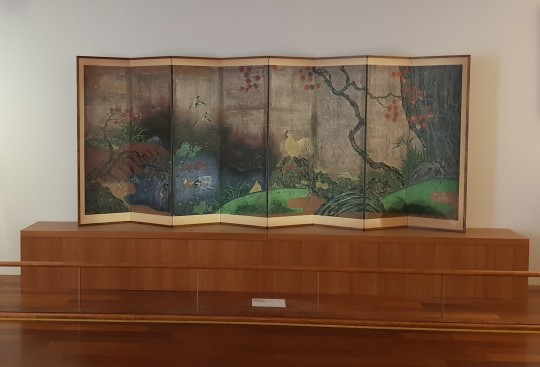
Visite au Musée Guimet - Septembre 2023
1 note
·
View note
Text

1 note
·
View note
Text
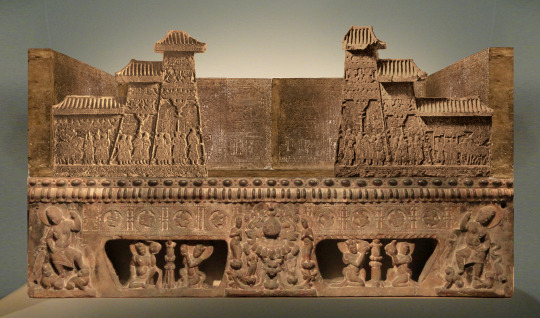


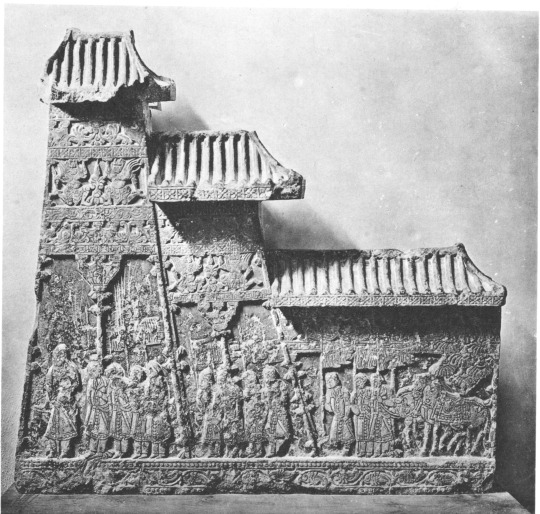







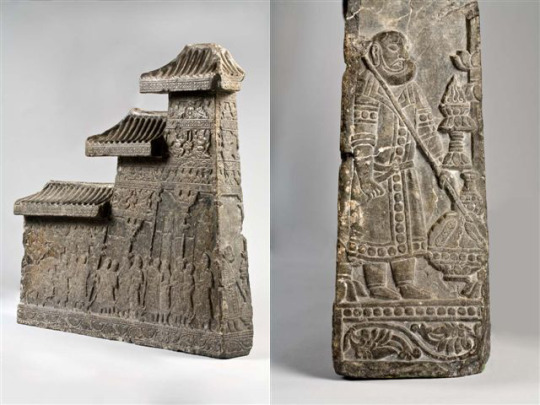
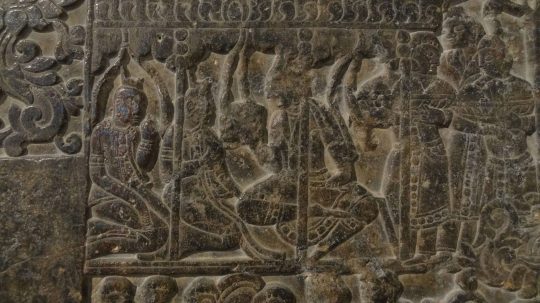

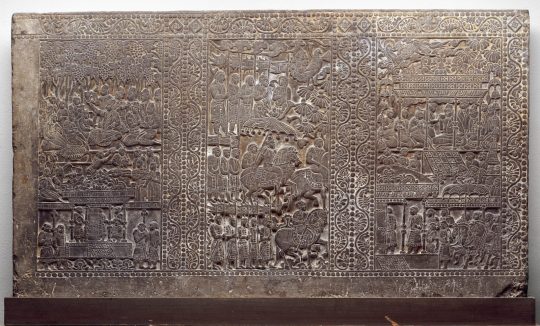

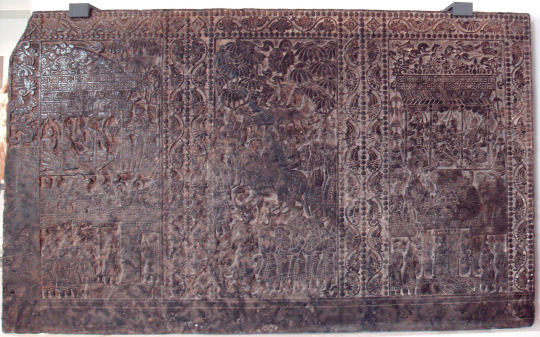


Anyang funerary bed 550-577 CE
"The Anyang funerary bed (Chinese: 安阳北齐石棺), also known locally as the Bed of Ts'ao Ts'ao (from the Chinese hero Cao Cao), is a Chinese funerary couch belonging to a Sogdian merchant and official active in China in the 6th century CE. The tomb was discovered in 1911, and the components of the funerary bed were dispersed among various museums in the world after being offered on the art market. It is thought the funerary bed was excavated in Anyang (ancient Zhangdefu), capital of the Northern Qi dynasty. It is stylically dated to the Northern Qi dynasty (550–577 CE).
There are eight known components of this funerary monument: a dais and two cornices with notched ends, now in the Freer Gallery of Art, a pair of gates, now in the Museum of East Asian Art (Cologne), two rectangular slab in the Boston Museum of Fine Arts, and one slab in the Guimet Museum in Paris.
The funerary bed is important to Sogdian art and culture, as it is decorated with musicians in the typical Sogdian attire and with a Buddhist scene including deities. The ensemble of Sogdian musicians includes two lute players, a flutist, two drummers and a cymbal player, as well as two dancers. Two stretchers once attached to the bed showed what the Chinese called a huxuan wu (胡旋舞), i.e. "Sogdian Whirl dance", which was enormously popular in China, and appears on many Chinese tombs. Tang sources confirm the dance's popularity. It was performed at court by the Tang Chinese emperor Xuanzong and his favorite concubine.
Gustina Scaglia was the first to recognize in 1958 that the pieces scattered in several museums belonged to a single funerary couch made for a member of the Sogdian community in China.
The owner and exact history of the owner of the tomb remain unknown, as the epitaph has been lost.
Sogdian stone funerary beds disappear during the subsequent Tang dynasty period, even though Sogdian influence was probably even more significant in China at that time, possibly due to Imperial restrictions regarding funerary practices."
-taken from Wikipedia
#sogdiana#ancient history#art#antiquities#history#sculpture#statue#museums#archaeology#ancient china#antiquity#anthropology
220 notes
·
View notes
Text
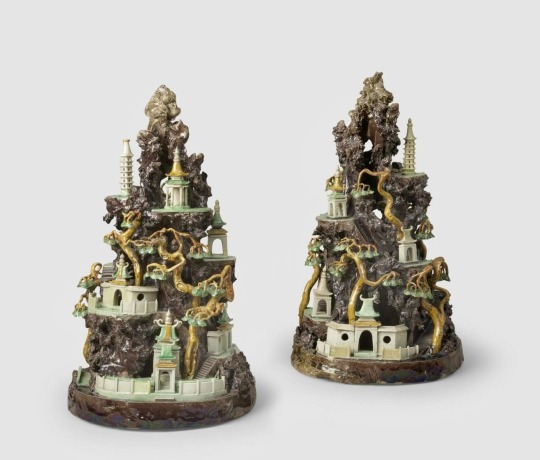
Pair of Landscape Models, no. 15998, Qing dynasty, Kangxi period (1662-1722).
Porcelain decorated in famille verte enamels on the biscuit.
Landscape models are examples of the sophistication and intricacy achieved with ‘enamel on biscuit’ porcelains. The exact purpose for which these objects were made is not clear, although it is thought they were most likely used as ornaments in interior settings. Interestingly, the making of similar examples are portrayed in an early 19th century gouache painting, one of a series illustrating the process of porcelain production.
Mountains and mountain landscapes have been of great importance in Chinese culture since the Zhou dynasty (1050-221 BC). Mountains were considered to be the manifestation of qi, or the ‘life force of the universe’. The home of the spirits and gods, they were the focus of religious activities. Mountains and rocks were also traditional symbols of longevity and reliability. It is for these reasons that Chinese gardens quite often incorporated a large rockery, which was sometimes big enough for humans to walk through. Representing a rockery or mountain landscape, this model may have reflected such symbolic meaning in miniature. Authors have suggested that landscape models such as the present example served as garden ornaments.
This mountain landscape may also have been used for interior decoration, perhaps to invoke the idea of an outside garden within the confines of an indoor setting. Interesting and peculiarly shaped rocks were frequently used for indoor ornamentation in China; they were valued for their symbolic associations and used as an object of contemplation within the scholar’s studio. This was so popular that the form of a rock was frequently imitated in jade and glass. Such objects were often mounted on a finely made stand, to further increase their importance. Thus the present landscape model may have been intended for a similar interior ornamental purpose.
Landscape models were also exported to Europe, most probably as curiosities. The sale of porcelain from a Dutch estate in 1744 included ‘A rock full of figures’. Comparable porcelain examples painted with famille verte enamels on the biscuit are in museums and private collections. A tall pyramidal rock on a round base with various pagodas and buildings, as well as platforms, stairways and several figures, is in the Rijksmuseum in Amsterdam. A large landscape model, which is labelled as a brush washer, is in the Musée Guimet in Paris. The Copeland Collection has three comparable miniature landscape models. Several landscape models of varying sizes belonged to the former George Eumorfopoulos Collection. A pair of miniature rockery models, with lotus flowers and cranes, was in the former Anthony de Rothschild Collection.
Courtesy Alain Truong
21 notes
·
View notes
Text
Two-piece dress, circa 1860-1866. Centraal Museum Utrecht.


This dress was worn about 1860-1865 by her grandmother, lady Cecelia Maria van Pallandt-Steengracht (1813-1899). Lady Pallandt-Steengracht inherited Kasteel Keukenhof from her father, Lord Johan Steengracht van Oostcapelle, the first director of the Mauritshuis in The Hague, in 1846. This dress, in highly fashionable cornflower blue, reflects the status of this distinguished family. Synthetic colours such as this were developed in secret by the Frenchman Jean Baptiste Guimet in 1826 and were commercially produced later in the nineteenth century. The increasingly wide range of colours that dictated the fashion image in the 1860's were not completely without risk, the chemical composition of some dyes made them very bad for the health.
image copyright CMU
101 notes
·
View notes
Text
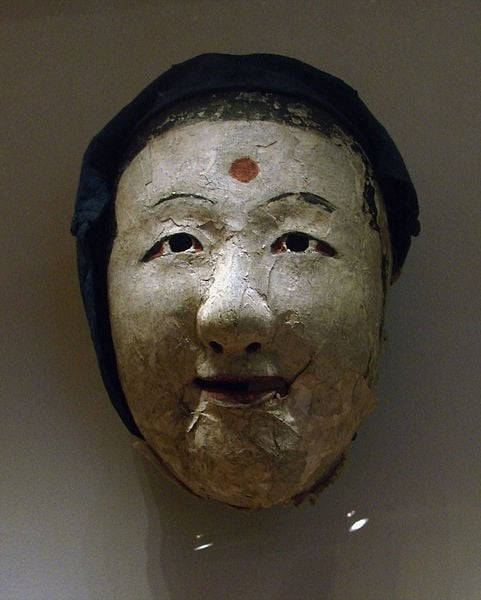
Masque de théâtre représentant une chamane, période Choson, 18ème siècle, bois, peinture et tissu, Corée; Musée Guimet à Paris.
Korean theatre mask, Choson period, 18th c, wood, paint and fabric, Guimet Museum, Paris.
22 notes
·
View notes
Photo




More sketches lil short comics ft. the idea of Xiao being a demobeast creature
But...In a more modern AU. (Their keep the shapeshift and archon powers right aha)
This whole idea based when I visited Guimet Museum in Paris
#genshin xiao#xiao#xiao genshin impact#xiao genshin fanart#xiao fanart#genshin venti#venti#venti genshin impact#venti genshin fanart#genshin impact#genshin fanart#genshin fandom#genshin impact fanart#sketch#sketches#doodles#fan comic#rough art#xiaoven#xiao x venti
92 notes
·
View notes
Photo

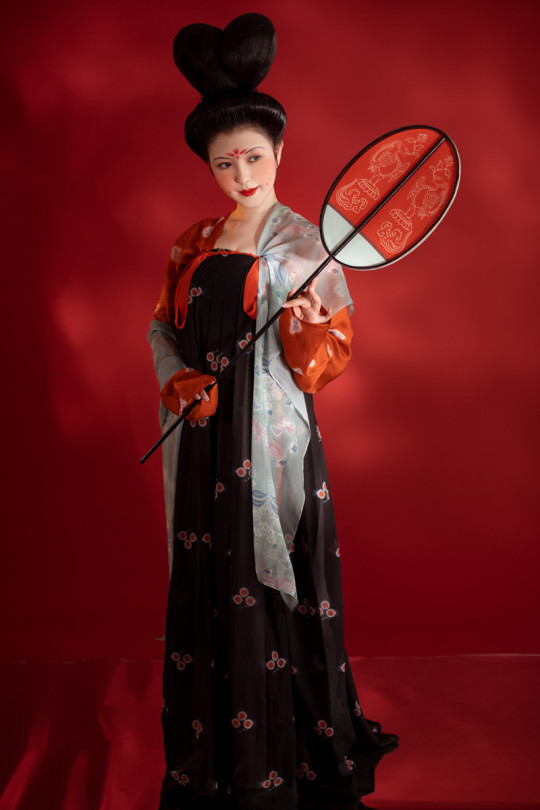


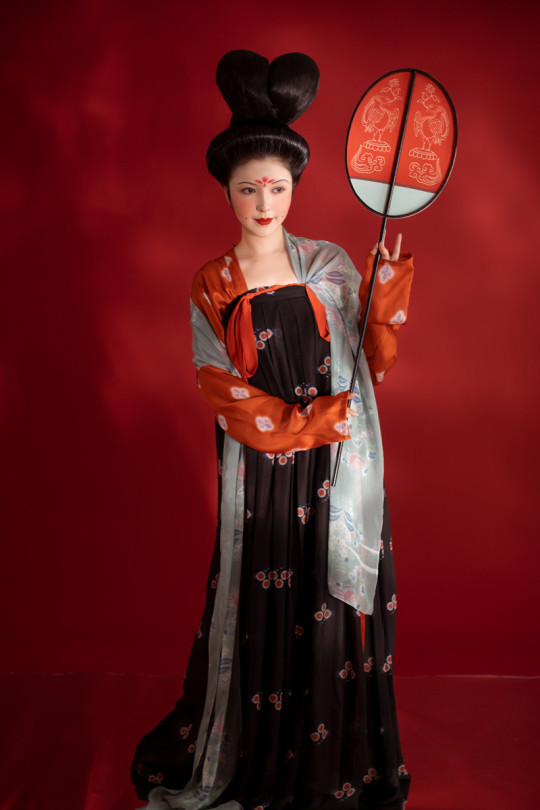
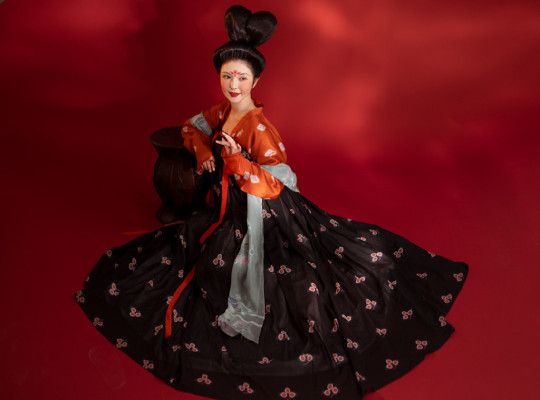
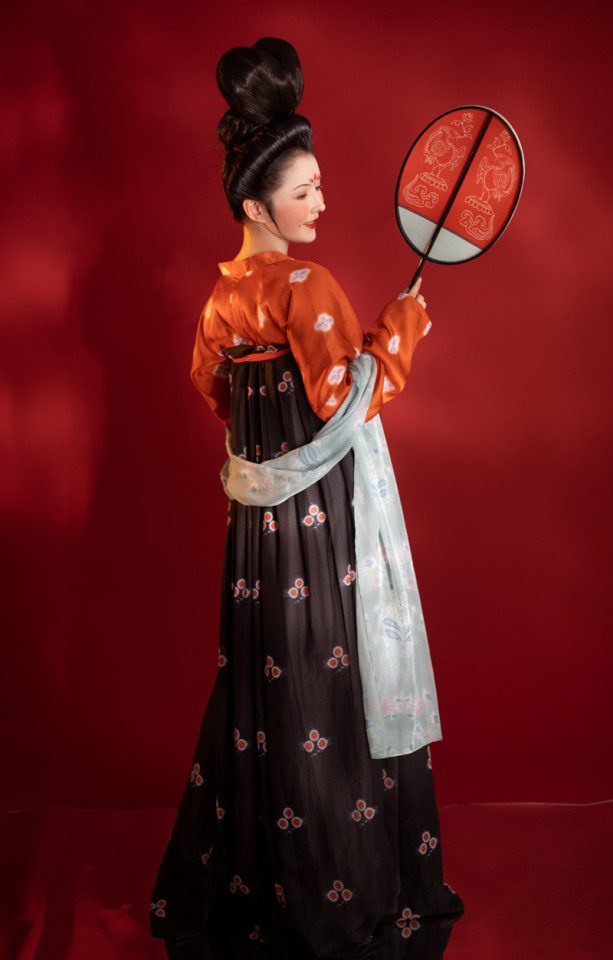
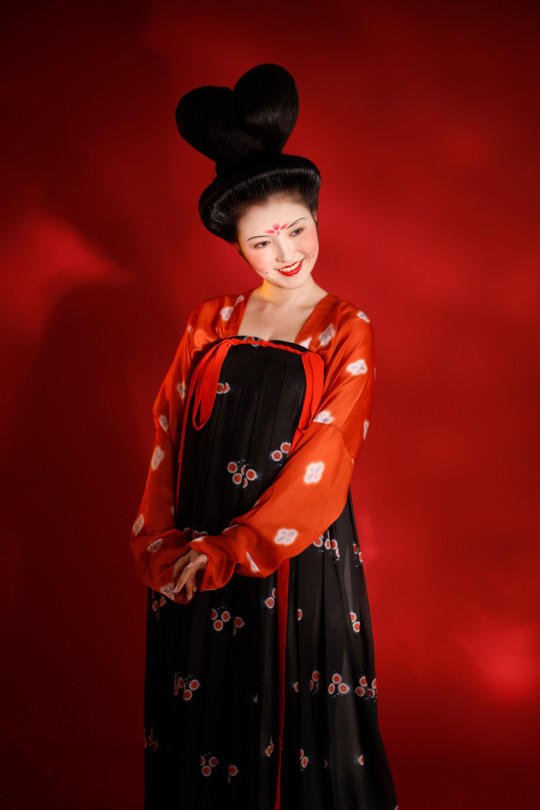

Reference Artifacts:Tang Dynasty Female Pottery Figurines [彩绘螺髻女陶俑], Guimet Museum, France

[Hanfu · 漢服]China Tang Dynasty Chinese Traditional Clothing Hanfu & Hairstyle Based On Tang Dynasty Female Pottery Figurines [ 彩绘螺髻女陶俑 ]
—————————–
Recreation Work: @香云轩原创汉服
Weibo:https://weibo.com/5710169818/JxQvXrXFV
—————————–
#chinese hanfu#tang dynasty#hanfu#hanfu accessories#hanfu history#hanfu_challenge#hanfu fashion#chinese coustume#chinese culture#chinese history#chinese style#chinese art#historical clothing#historical costuming#historical fashion#historical hairstyles#historical romance#chinese traditional clothing#Hanfu From China#漢服#汉服#中華風#香云轩原创汉服#彩绘螺髻女陶俑#Guimet Museum
242 notes
·
View notes
Photo
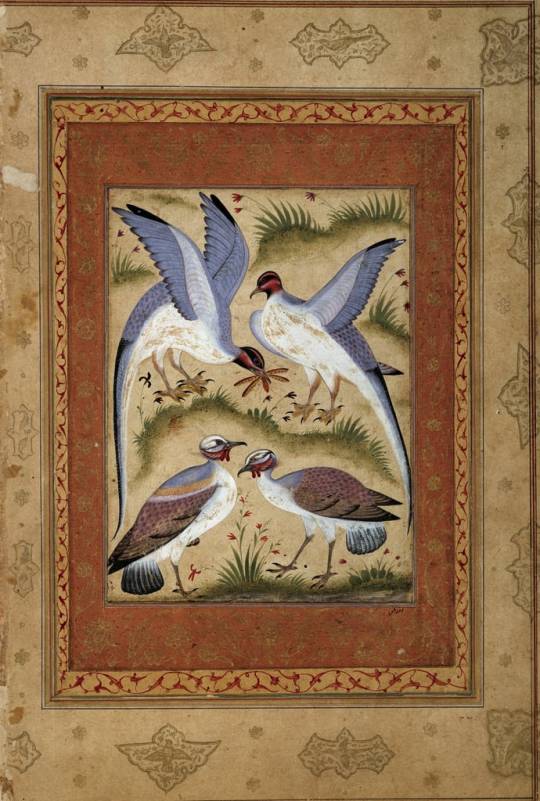
Birds. Miniature gouache from the moghole school. 1590-1600. Paris, Guimet Museum, National Museum of Asian Arts
8 notes
·
View notes
Note
have u visited any cool museums? from the previous pic it seems like you are near the Musée de l'Orangerie, which has a bunch of Monet paintings
So far in Paris, i've visited the Louvre (obviously), the Guimet (museum of asian arts), the Navy museum and just today i've visited Orsay. And this friday, i'll visit the Cinémathèque Française which has an exposition on James Cameron's art which i absolutely want to see (and also the institution means a lot to me personally)
I've seen a full room of Monet and loved it in Orsay, so i think i'll give Orangerie a shot, if possible...!
2 notes
·
View notes
Text
Greco-Buddhist art: the Standing Buddha of Gandhara

The Standing Buddha of the Tokyo National Museum is an example of Greco-Buddhist statuary. Comparable ones can be found in the Guimet Museum in France, and in the National Museum, New Delhi besides various other museums of South Asia. The statue was excavated at Gandhara, Pakistan, and dates to the 1st or 2nd century AD.
Source: https://en.wikipedia.org/wiki/Standing_Buddha_from_Gandhara_(Tokyo)
Since the establishment of the Greeks in NW India there was much interaction between them and the Buddhist religion for several centuries (see https://en.wikipedia.org/wiki/Greco-Buddhism ). An aspect of this interaction was the appearance of the first sculptural representations of the Buddha. Gandhara was a major center of Greco-Buddhist art.
12 notes
·
View notes
Text
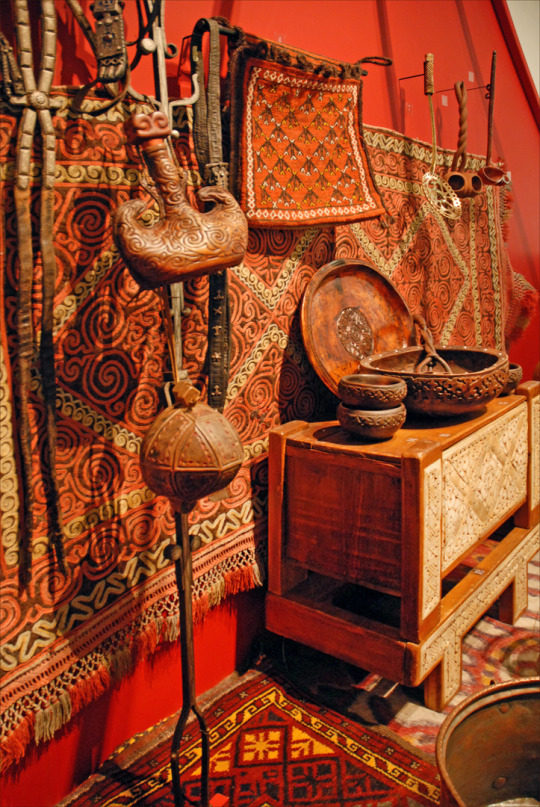

Reconstruction of the interior of a yurt. From Guimet Museum's exhibition "Kazakhstan: Hommes, bêtes et dieux de la steppe".
Sources: 1, 2.
2 notes
·
View notes
Photo

Statue of Buddha, monastery of Tapa Kalan, Afghanistan, found in 1923. This photograph is from Paris’s Musée Guimet - Musée National des Arts Asiatiques as part of the French Museum Collection. Les archéologues en Asie Centrale by Svetlana Gorshenina.
5 notes
·
View notes
Text
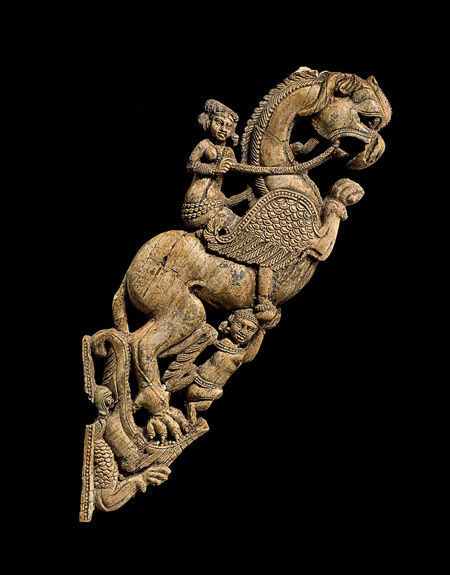

Ivory griffin and rider from Begram 1st-2nd C. CE. I wasn't sure exactly what civilization to attribute this to. The MET says likely "Indian" origin, but parts of India were owned by the Saka-Scythians at the time. This was located in Begram when it was owned by the Kushans. Afghanistan, Begram. Ivory; 11 7/8 in. (30 cm). National Museum of Afghanistan, Kabul, 04.1.116. Photo: © Thierry Ollivier / Musée Guimet.
"Rearing dramatically, the composite creature that forms this bracket has the body of a lion, the wings of an eagle, and the beak of a bird of prey. Known as a sardula in Indian art, this beast may be derived from the griffin of Greek and Roman art. While either tradition could have contributed this powerful animal to the repertory of the Begram ivories, the treatment of the female rider clearly points to India. Artistic traditions from India are also seen in the small figure supporting the front paws of the beast, one of the earth spirits known as yakshas, while the crocodile-like figure with the yawning mouth is the makara, which is symbolic of the powers of water."
-taken from MET Museum
#scythian#indian#kushan#afghanistan#pagan#paganism#antiquities#art#museums#sculpture#statue#ivory#griffin#1st century#2nd century
98 notes
·
View notes